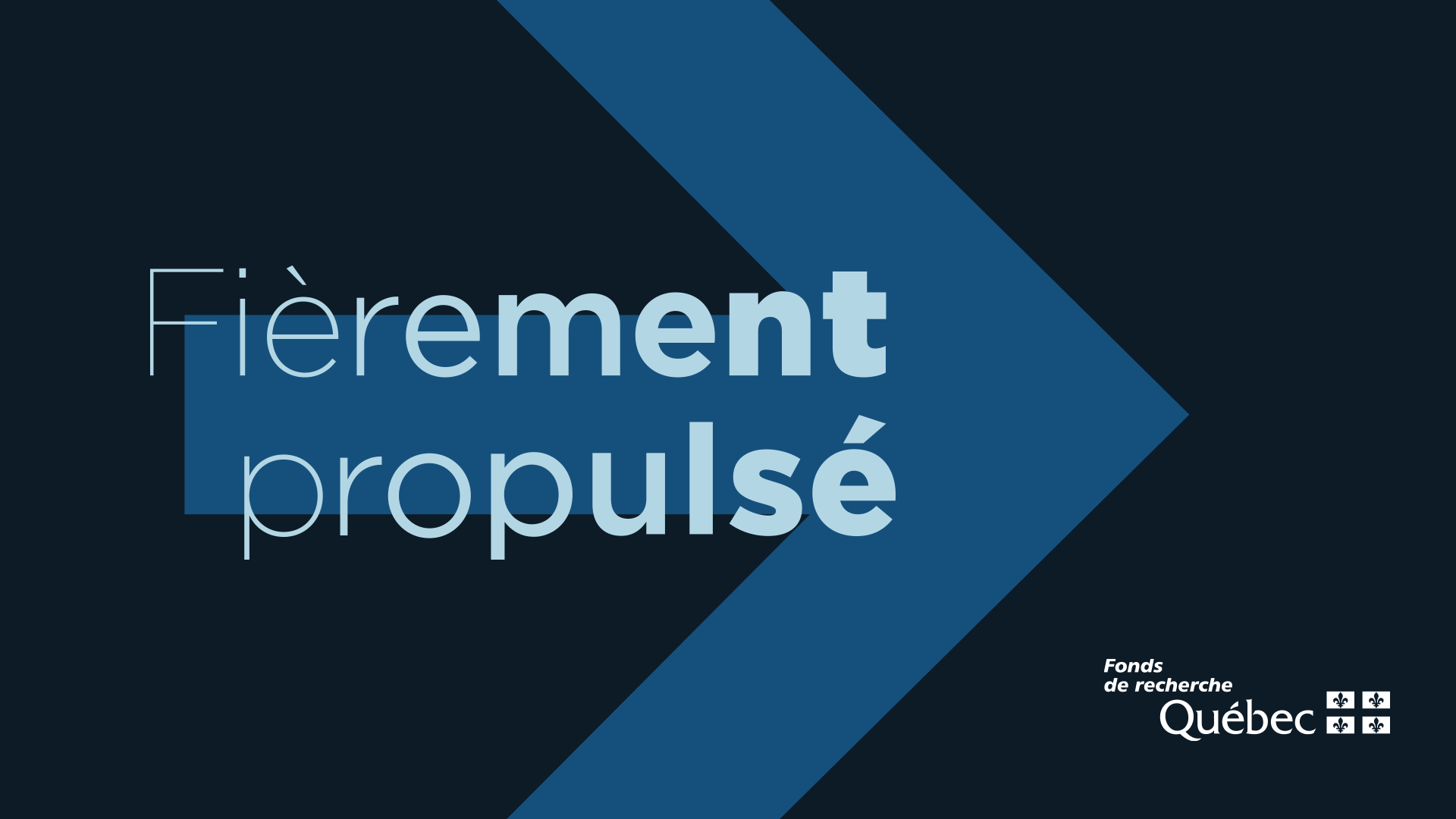Assisted Suicide and Euthanasia: Language Lost in MAiD
DOI :
https://doi.org/10.7202/1112287arMots-clés :
AMM, assistance médicale à mourir, suicide, suicide assisté, euthanasie, CanadaLangue(s) :
AnglaisRésumé
For most of Canada’s approximately 40-year debate on medically assisted death, euthanasia and assisted suicide were considered distinct issues. Yet in 2016 their ethical, psychological, and practical differences were effectively disregarded when the two acts were grouped together in the legislation under the umbrella term, “Medical Assistance in Dying” (MAiD). Although the term was fitting when the act was first legalized, expansion of eligibility has drastically changed the program from end-of-life care into life-ending intervention. As a result the term, “MAiD,” has lost its meaning and become a euphemism and a brand name, of sorts. Moreover, concealed behind the MAiD brand are a host of social issues which have developed since legalization.
A re-evaluation of the decision to discard the distinction between assisted suicide and euthanasia is necessary to allow for clear communications and truly patient-centered approaches for tackling these issues. Providing a one-size-fits-all remedy by conflating assisted suicide and euthanasia ignores the goal of Canada’s original prohibition on assisted suicide, positioning the medical system to offer a painless means for the most vulnerable in our society to end their own lives.
Téléchargements
Publié
Versions
- 2024-07-15 (2)
- 2024-06-21 (1)
Comment citer
Numéro
Rubrique
Licence
© Rafal Gromadzki, Timothy Christie 2024

Cette œuvre est sous licence Creative Commons Attribution 4.0 International.
La Revue canadienne de bioéthique applique la Creative Commons Attribution 4.0 International License à toutes ses publications. Les auteurs conserveront leur droit d'auteur sur leur publication et ils pourront, par exemple, réutiliser leur publication, mettre un lien sur leur page d'accueil ou site web institutionnel, ou déposer un fichier PDF dans un dépôt public. Toutefois, les auteurs permettent à quiconque de télécharger, réutiliser, réimprimer, distribuer, ou copier leur publication, tant que les auteurs originaux et les sources sont cités.
















_smaller.png)

